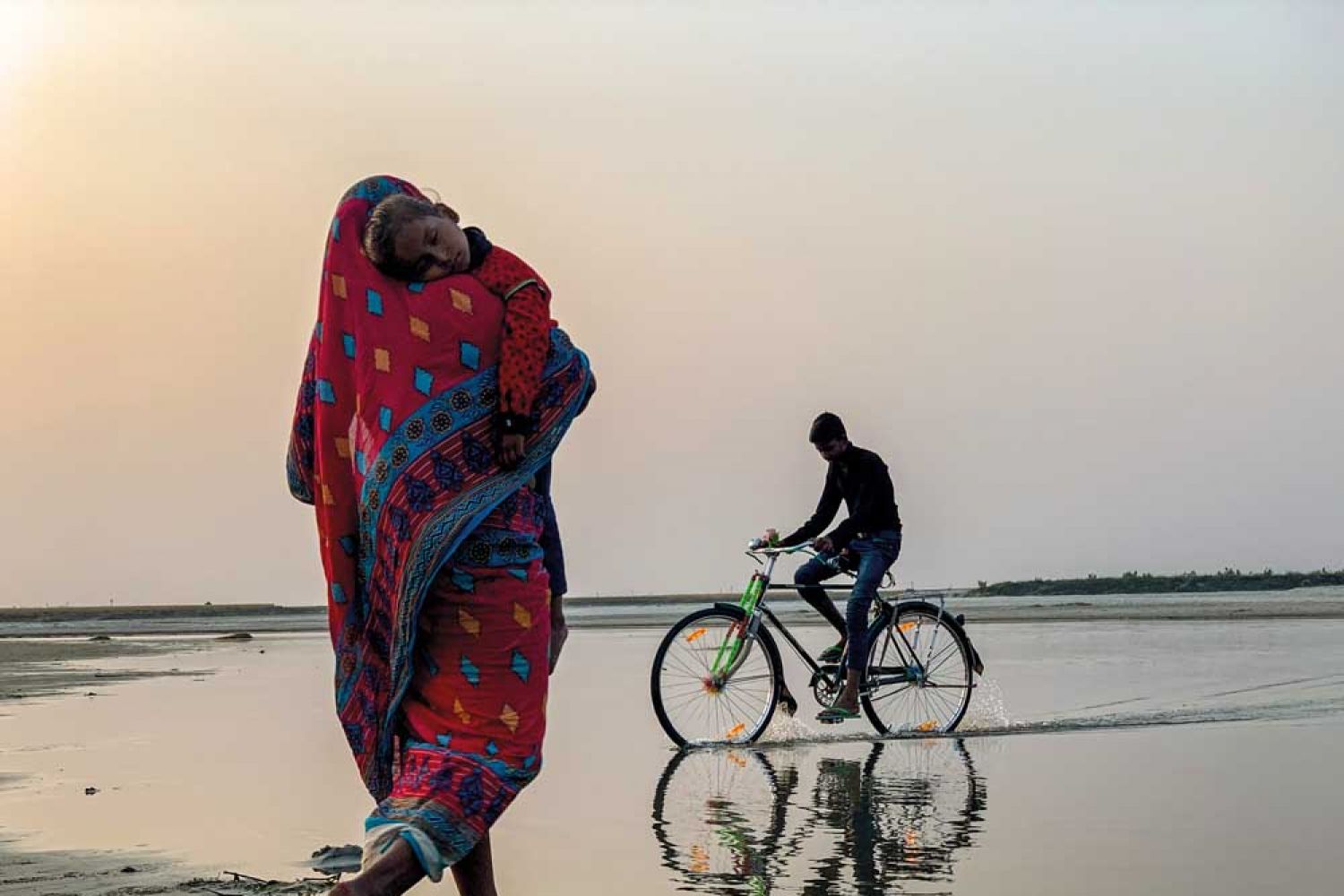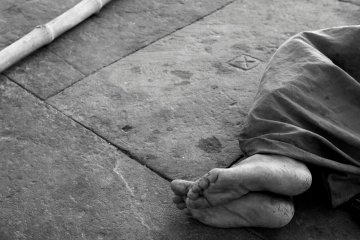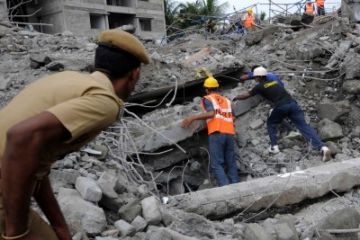
The Kosi’s several
channels meet and part with a playful abandon over he vast expanse of plains
in Bihar’s Saharsa district. From a distance the river seems at rest but is
flowing fast, its face dusky from the silt it is carrying. The river is
two-faced in these parts, “mother” and “witch”, a boon and a curse. People
cross one of the shallow channels on foot. The wheat fields are a spread of
gold in an April afternoon.
Beyond them are vast
stretches of fine white sand, a bea





